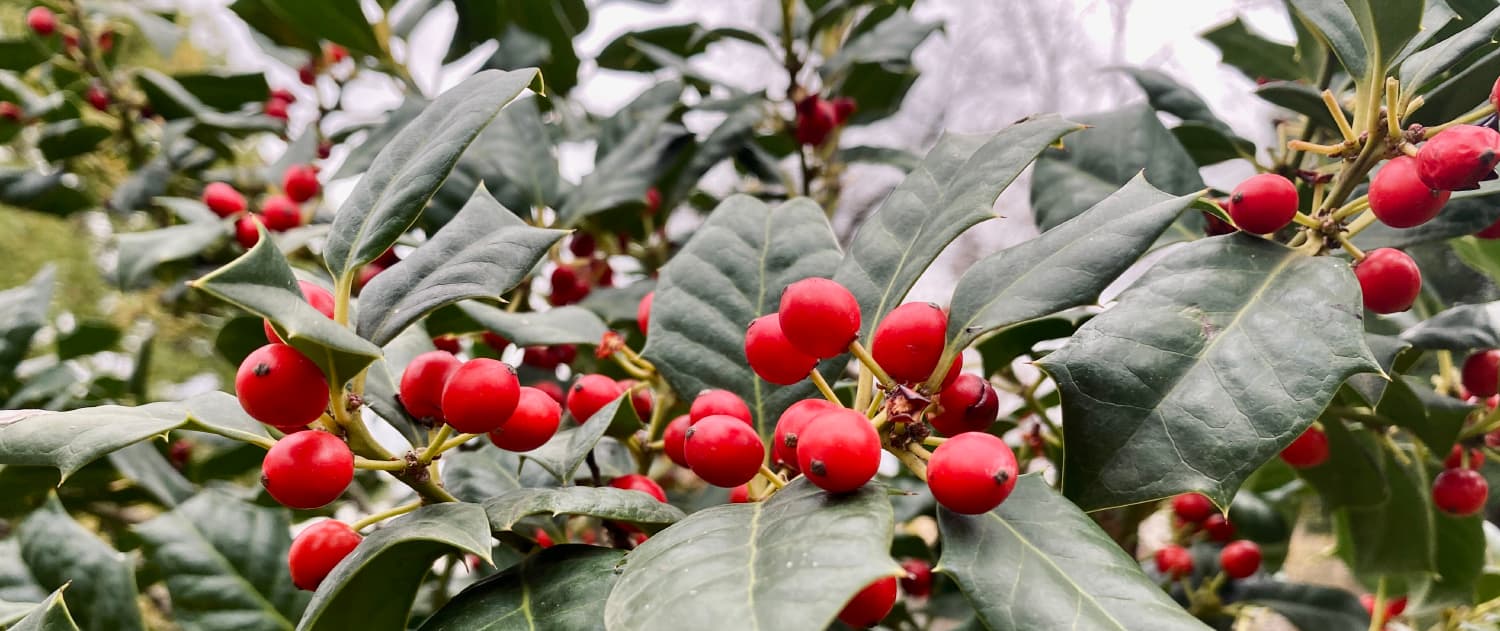Botanical Garden of Florence
Wild shrubs
All collections
Introduction | Acquatic | Citrus fruits | Trees | Wild edible plants | Araceae family | Wild shrubs | Begonias | Bromeliads | Carnivorous | Cycads | Grasses | Medicinals | Tropical orchids | Palms | Pteridophytes | Roses | Serpentinophytes | Succulent plants | Exhibits
The collection includes about 20 different species of native Tuscan flora. It consists of specimen or seeds collected in the wild and bred at nurseries specialized in the propagation of spontaneous species.
This collection has didactic-dissemination aims, as spreading knowledge of the main native shrub species that increasingly appear in naturalistic engineering works and low-maintenance and naturalistic gardening projects. In fact, these are rustic plants, which do not require special soil arrangements or cultivation care, but nevertheless can perform several different ecological functions.
In particular, shrub formations, as well as having an important role in regulating the climate and water regime, become an element of complexity and biological richness, particularly useful in the flat agricultural landscape. They host a rich herbaceous vegetation, offer shelter and a protected place of reproduction and feeding for numerous animal species: birds, reptiles, insects, mollusks, small mammals and rodents, pollinators, auxiliary insects, amphibians.
Hedges can be used as connecting elements by forming ecological corridors between woodlands even far apart, separated by fields, making genetic exchange easier between populations of different areas. They can also offer various secondary products, such as edible fruits, melliferous areas, and medicinal plants. The exhibition offers a living catalogue of what are recurring elements in the Tuscan plant landscape, and which should become increasingly widespread botanical presences in gardens and parks.
Among the most interesting species, there are the Florentine apple tree (Eriolobus florentinus), laburnum (Laburnum anagyroides) and Lucerne- tree (Medicago arborea).

